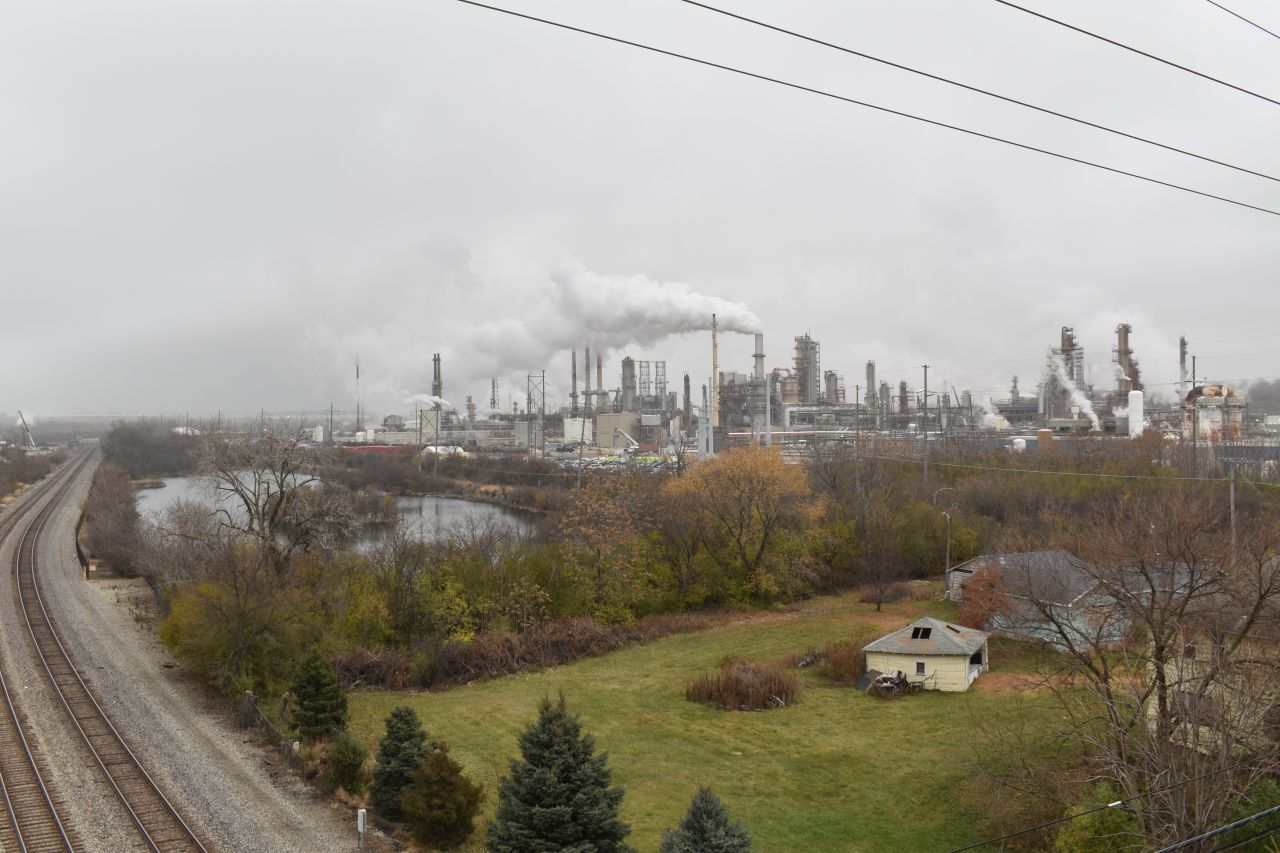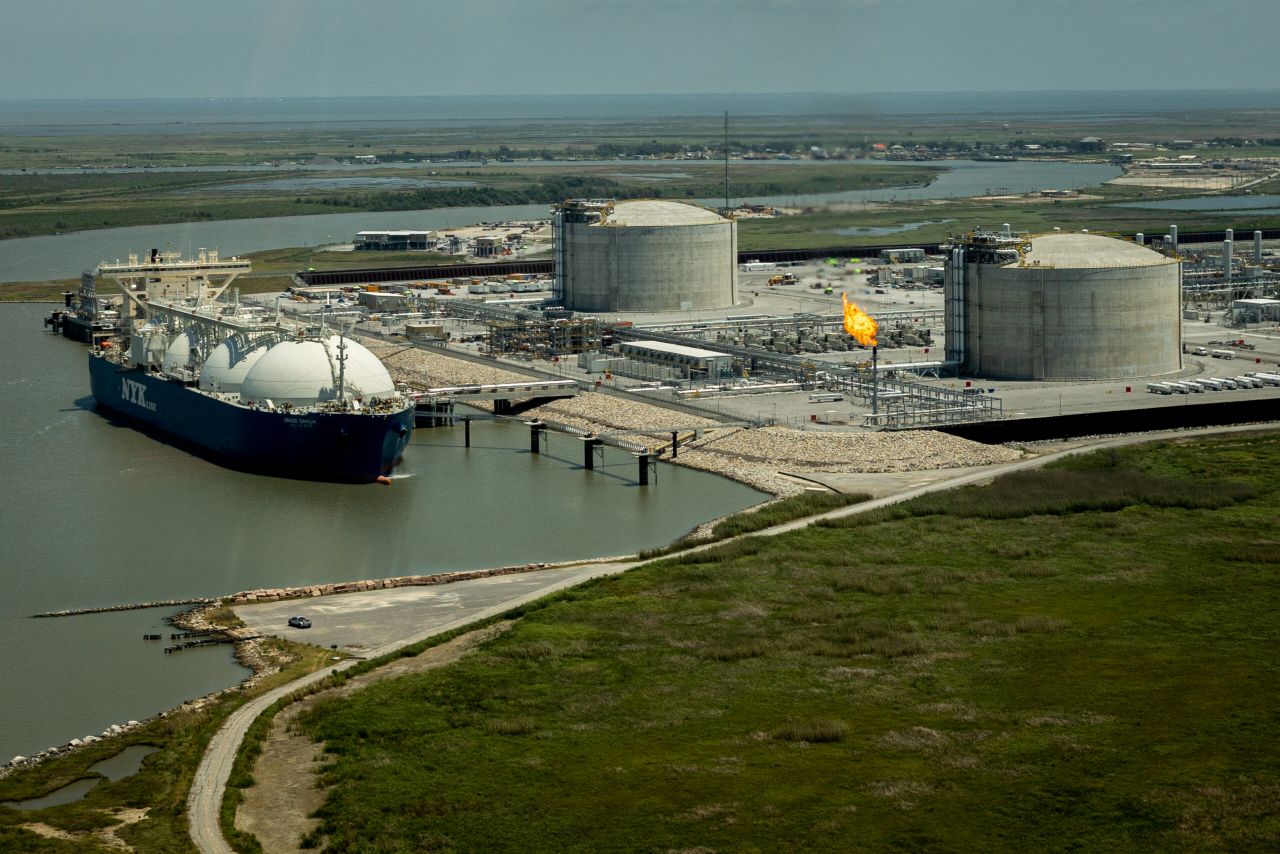Trump’s proposal to expand offshore drilling is unpopular in key Republican states

President Donald Trump is pushing for an expansion of offshore oil and gas drilling across the U.S., a proposal with a history of opposition even among leaders of the Republican party.
Among the 42 executive orders Trump signed on his first day was an attempt to repeal Biden’s Jan. 6 order to protect most U.S. offshore waters from leasing for oil and gas. Biden’s order applied to federal waters in the Pacific, Atlantic, and Alaska and the eastern part of the Gulf of Mexico, though Biden allowed oil and gas production to continue in the western and central Gulf.
If Trump succeeds, an expansion of offshore oil and gas development would not only contribute to climate change but expose more of the nation’s coastlines to oil spills and leaks. Deepwater Horizon, the largest oil spill in U.S. history, released 134 million gallons of oil into the Gulf of Mexico over 87 days in 2010 after an explosion on an offshore drilling rig.
Another high-volume spill happened in 2015, when a pipeline that delivered oil from platforms off the California coast ruptured, coating Refugio State Beach, near Santa Barbara, with more than 100,000 gallons of crude oil. The spill affected birds, sea lions, dolphins, fish, and shut down local fisheries and beaches.
Smaller spills happen routinely, with the Bureau of Safety and Environmental Enforcement, the federal agency in charge of inspecting offshore drilling sites, documenting 992 spills in 2021 and 2022 alone that released nearly 80,000 gallons of oil combined.
Advocates for upholding the offshore drilling ban say Trump does not have the authority to reverse Biden’s decision. Biden’s authority stemmed from the 1953 Outer Continental Shelf Lands Act, which gives the president the authority to declare certain federal waters off limits to oil and gas leasing. Undoing Biden’s decision would take an act of Congress, said Athan Manuel, director of the Sierra Club’s lands protection program.
“The president has a lot less authority than this president thinks he does,” Manuel said. “If Congress was doing all these things, it would be a problem, because Congress is in charge of our federal lands. But a president can’t do all the things he wants to try.”
The idea of expanding offshore drilling has proven to be unpopular across the political spectrum in most coastal states, said Pete Stauffer, ocean protection manager for the Surfrider Foundation. “It's not a popular issue and members of both political parties are not supportive,” said Stauffer.
Trump has gone both ways on the issue. During his first term, Trump first proposed offshore drilling along the coast of Florida and other Atlantic states but encountered opposition from governors in his own party.
“I’ve been clear: I oppose offshore drilling,” former Republican Florida Governor Rick Scott said in 2018, after the Trump Administration proposed opening up drilling off the Sunshine state’s coasts that year. “I completely oppose offshore drilling.”
Florida Governor Ron DeSantis opposes offshore drilling, as did U.S. Rep. Matt Gaetz of Florida, a Republican and Trump loyalist who resigned in November. Gaetz said on the House floor in 2023 that the coasts of Florida, Georgia, and South Carolina (all represented by Republicans) should all be protected from offshore oil drilling. “Offshore drilling is broadly opposed by coastal communities,” Gaetz said.
About 64 percent of Florida residents polled in 2019 said they oppose offshore drilling, according to a Quinnipiac University poll.
After Trump’s administration received feedback from Scott and other Republican coastal governors, President Trump then reversed course and in 2020 enacted a 10-year moratorium on drilling off the coast of his current home state of Florida, as well as Georgia and South Carolina. During his first term, Trump also tried to expand offshore drilling in Alaska but was blocked by the courts. In 2017, Trump issued an order trying to reverse former President Barack Obama’s withdrawal of 125 million acres in the Arctic Ocean from leasing for oil and gas. In 2019, a federal district judge in Alaska ruled Trump’s order “unlawful and invalid.”
If Trump is successful, Alaska could see an expansion of oil and gas activity offshore. The Bureau of Ocean Energy Management estimates that Alaska’s Outer Continental Shelf contains 25 billion barrels of oil and 124 trillion cubic feet of natural gas. However, many companies are not currently producing oil and gas on the federal leases they have acquired offshore in Alaska. Of the 14 active federal leases offshore of Alaska, only three are producing.
The industry is more active closer to shore in state waters, defined as less than three nautical miles from the shore. According to the Alaska Department of Natural Resources, there are almost 892,000 acres of active leases in state waters off the coast of Alaska. Information available online does not show not show whether the industry is producing oil and gas on those leases or if they are sitting idle.
Whether the industry wants to produce oil along the Pacific and Atlantic coasts is also unclear. Under the Biden Administration, the U.S. already began producing record amounts of natural gas and more oil than any country in history, mainly from onshore oil and gas fields. The U.S. has also become the world’s top exporter of natural gas and among the top exporters of oil.
“We're not talking about why it's so urgent that we expand offshore drilling,” said Peg Howell, a former offshore drilling rig supervisor and industry consultant who founded a group to oppose drilling in the Atlantic after the Deepwater Horizon disaster.
“We are the world's largest producer of oil and gas. Why in the world would we want to drill up those reserves now, when they're worth much more to us down the road?" Howell said, speaking at a hearing on offshore drilling in the U.S. House Natural Resources committee on Tuesday.
Compared to highly productive oil and gas areas on land, such as the Permian Basin in West Texas and New Mexico and the Marcellus and Utica formations in Pennsylvania and Ohio, offshore wells take more time to bring online and are typically more expensive.
“There are a lot of opportunities onshore,” said Anthony Kovscek, a professor of petroleum engineering at Stanford University. “The lead times for those are pretty short, and the amount of capital you need is not that big. Whereas, if you’re offshore, lead times are a lot longer and the capital outlays are a lot bigger.”
Oil and gas companies will likely continue to focus on the Gulf of Mexico, where 97 percent of U.S. offshore oil and gas is produced, according to the Bureau of Ocean Energy Management. In the Gulf, the industry has developed a network of pipelines mainly off the coasts of Texas and Louisiana, where production began ramping up in the 1930s and 1940s.
“I think there’s appetite for continued development in the Gulf,” Kovscek said.
Offshore drilling is an unpopular proposal in Florida, which is among the top U.S. tourist destinations and where visitors spent $131 billion in 2023. In 2018, 69 percent of Florida voters approved a constitutional amendment banning offshore oil and gas drilling in state waters.
Of the areas Trump wants to open for leasing, the Eastern Gulf of Mexico, the area bounded by the Florida Panhandle and the state’s western coast, has some of the largest reserves of undiscovered oil: about 4.87 billion barrels, according to the federal Bureau of Ocean Energy Management.
But the Eastern Gulf is also protected from oil and gas development, in part because of the military. The Gulf of Mexico Energy Security Act of 2006 put a moratorium on oil and gas leasing in most of that part of the Gulf, which hosts several military bases and is used for training. That moratorium expired in 2022, when it was replaced by Trump's moratorium until 2032. A 2018 Defense Department report calls the eastern Gulf “an irreplaceable national asset used … to develop and maintain the readiness of our combat forces.”
The Mid-Atlantic and North Atlantic do not have much oil but have significant natural gas reserves – more than 32 trillion cubic feet combined. However, the Eastern Seaboard is already tied to massive pipelines delivering gas from the Gulf of Mexico and the booming gas fields of Pennsylvania, Ohio, and West Virginia.
Offshore drilling has also proven to be unpopular in other Atlantic states, with most either passing or considering bans on drilling in state waters. And the industry has shown little interest in the region, drilling only 46 wells on the Outer Continental Shelf between 1977 and 1984. Though some natural gas was found off the coast of New Jersey, the industry judged the wells to be not worth the effort and abandoned them. There are currently no active leases in the Atlantic.
The Southern California leases were issued in the 1970s and 1980s, and some of the rigs have reached the end of their useful lifespan, said Stauffer, with Surfrider Foundation.
“It really points out the reality that when an oil and gas lease is approved, that’s something that will be in place … for decades,” Stauffer said.
Both California and Oregon have both banned offshore drilling in state waters, less than three nautical miles from the shore.
Lead photo: Oil spilled into the Gulf of Mexico from the Deepwater Horizon disaster in 2010. Photo by Green Fire Productions.















